Voiture Minimum: Le Corbusier and the Automobile
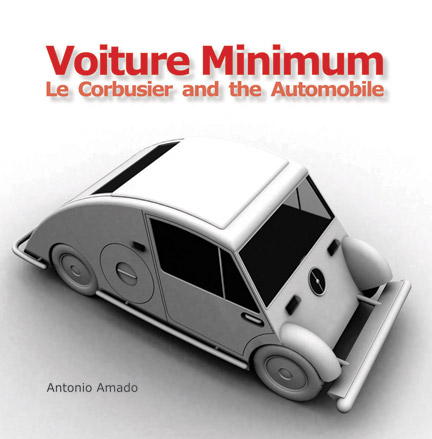
The motor car has completely overturned our old ideas of town planning,' wrote Le Corbusier in 1924, in Towards an Architecture. The Swiss architect was one of the first to directly link the production of automobiles and buildings, and like many of his contemporaries, he saw the automobile as a symbol of modernity.
Le Corbusier continued: 'If houses were built industrially, mass-produced like chassis, an aesthetic would be formed with surprising precision.' He was particularly concerned with perfecting car design through utility and form. Thus in 1936, with the help of his cousin Pierre Jeanneret, the architect designed what he noted as 'a minimalist vehicle for maximum functionality' - the Voiture Minimum.
Written by Spanish architect and University of La Coruña professor, Antonio Amado, Voiture Minimum: Le Corbusier and the Automobile documents this project as well as the architect's lifelong love and involvement with the car. The book also explores other ideas on cars and mobility at this crucial junction in history.
Amado is a natural storyteller and weaves together a rather charming narrative that leads us to the story of Voiture Minimum. The journey includes a brief history of the French inventor and industrialist Gabriel Voisin whose avant-garde ideas for minimalist transport, such as the Biscooter, were to make a lasting impression on Le Corbusier.
The Biscooter's almost anti-design three-seater never quite appealed to the French public when it was unveiled at the 1949 Paris Motor Show. It did, however, prove to be just right for post civil war Spain, and was subsequently manufactured there under the name Biscuter-Voisin, staying in production for almost ten years.
We also learn of other key architects' involvement with the automobile in the context of both town planning ideas and automotive design. There are chapters on Joseph Maria Olbrich, Adolf Loos, Walter Gropius, Jean Prouvé, Buckminster Fuller and Frank Lloyd Wright - all well illustrated to capture the spirit of the time.
The author even dedicates time to car design between the wars, exploring key trends in automobile design, crucially the impact of aerodynamics and the American aesthetic, as well as the story of Volkswagen's 'people's car', the Beetle.
Wallpaper* Newsletter
Receive our daily digest of inspiration, escapism and design stories from around the world direct to your inbox.
Incidentally Le Corbusier claimed that his Voiture Minimum inspired the iconic German car, saying that his design for the 1936 SIA competition originated in 1928, long before Ferdinand Porsche penned the Beetle. Amado, however, disproves this, suggesting that in fact the influence may have gone the other way.
The chapters on Voiture Minimum itself are lavishly illustrated and exhaustively documented containing copies of original letters written by Le Corbusier to various car manufacturers energetically promoting his car, proposal after proposal, and endless sketches that ultimately lead to the final design.
Alas Voiture Minimum was never to be made into a production car. However, Italian car designer Giorgio Giugiaro of Italdesign created a full-scale model in 1987 for L'Aventure Le Corbusier: 1887-1965, an exhibition held at the Pompidou Centre in Paris. Two years later a similar prototype was constructed to mark the opening of London's Design Museum. Voiture Minimum: Le Corbusier and the Automobile is a compelling story of a perfectionist striving to create the perfect automobile.
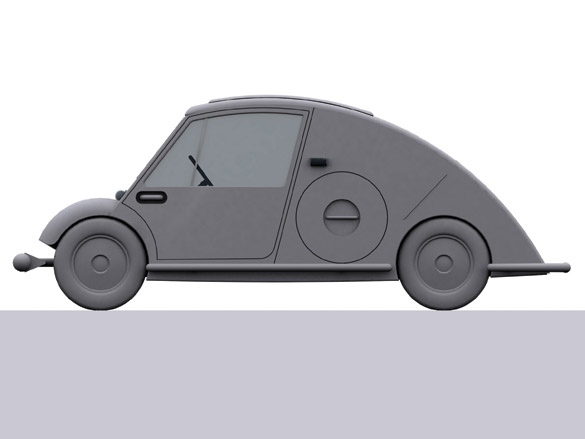
Silhouette of the Voiture Minimum by Le Corbusier, 1936
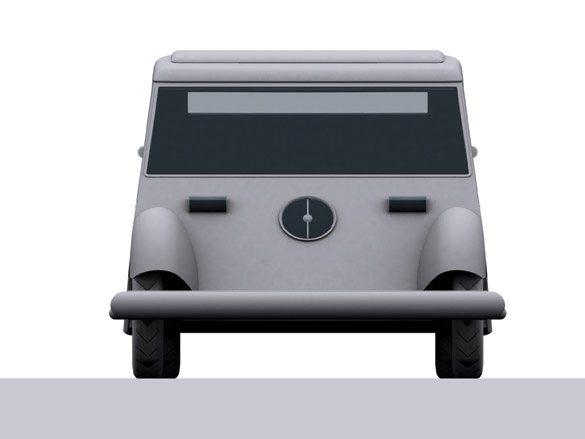
Frontal elevation of the Voiture Minimum by Le Corbusier
© The MIT Press

Rear elevation of the Voiture Minimum by Le Corbusier
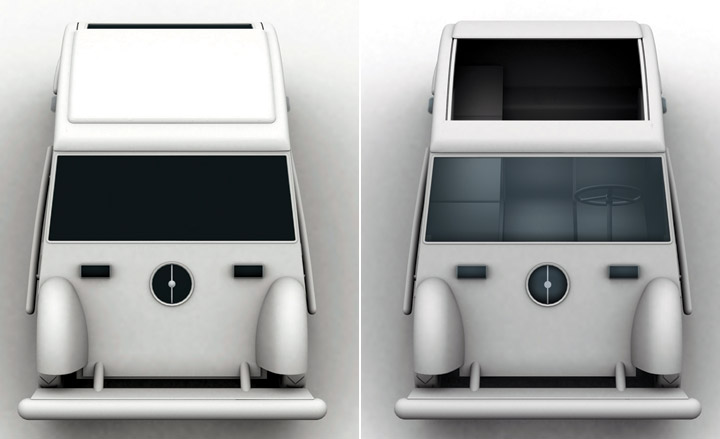
The Voiture Minimum from above, showing its expansive sun roof
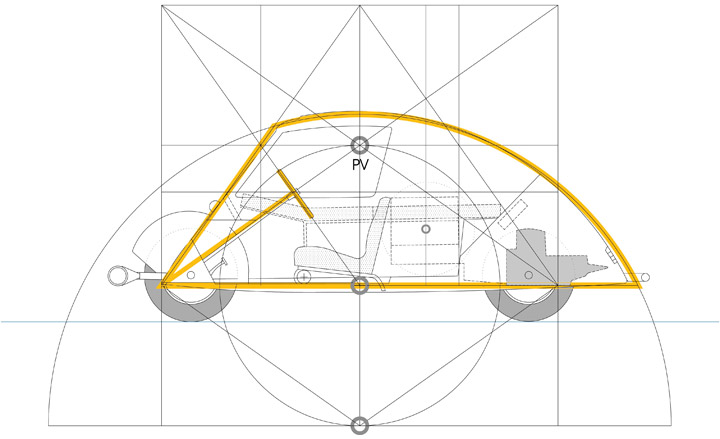
Geometric analysis of the section of the Voiture Minimum using √2 modulation
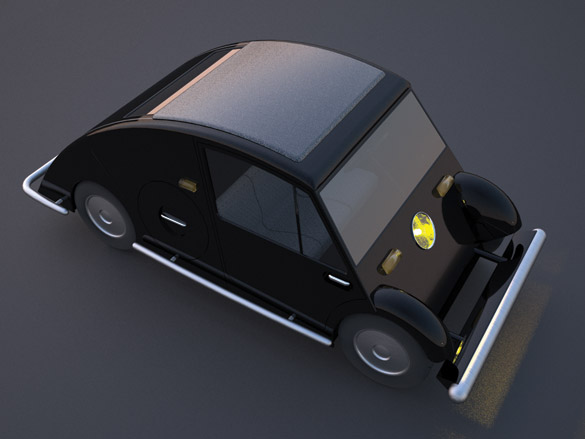
Realistic rendering of Voiture Minimum by Le Corbusier in steel plate and painted in black gloss
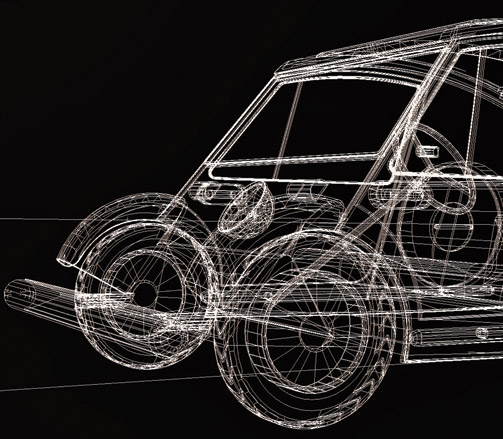
A virtual wire reconstruction of the Voiture Minumum
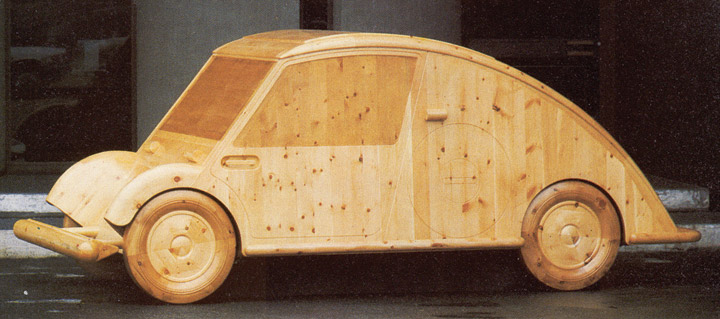
A full-scale wooden model made in 1987 for the Le Corbusier centenary exhibition at the Pompidou Centre, Paris
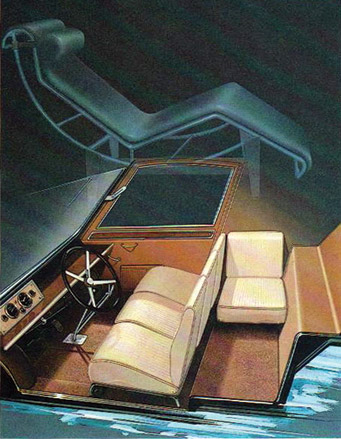
A reinterpretation of the interior of Voiture Minimum by Giugiaro in 1986
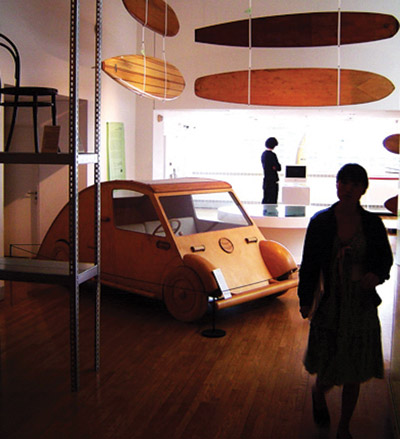
The fibreglass model of Voiture Minimum, 1987
A writer and editor based in London, Nargess contributes to various international publications on all aspects of culture. She is editorial director on Voices, a US publication on wine, and has authored a few lifestyle books, including The Life Negroni.
-
 Maserati joins forces with Giorgetti for a turbo-charged relationship
Maserati joins forces with Giorgetti for a turbo-charged relationshipAnnouncing their marriage during Milan Design Week, the brands unveiled a collection, a car and a long term commitment
By Hugo Macdonald
-
 Through an innovative new training program, Poltrona Frau aims to safeguard Italian craft
Through an innovative new training program, Poltrona Frau aims to safeguard Italian craftThe heritage furniture manufacturer is training a new generation of leather artisans
By Cristina Kiran Piotti
-
 Wallpaper* checks in at The Eve Hotel Sydney: a lush urban escape
Wallpaper* checks in at The Eve Hotel Sydney: a lush urban escapeA new Sydney hotel makes a bold and biophilic addition to a buzzing neighbourhood that’s on the up
By Kee Foong
-
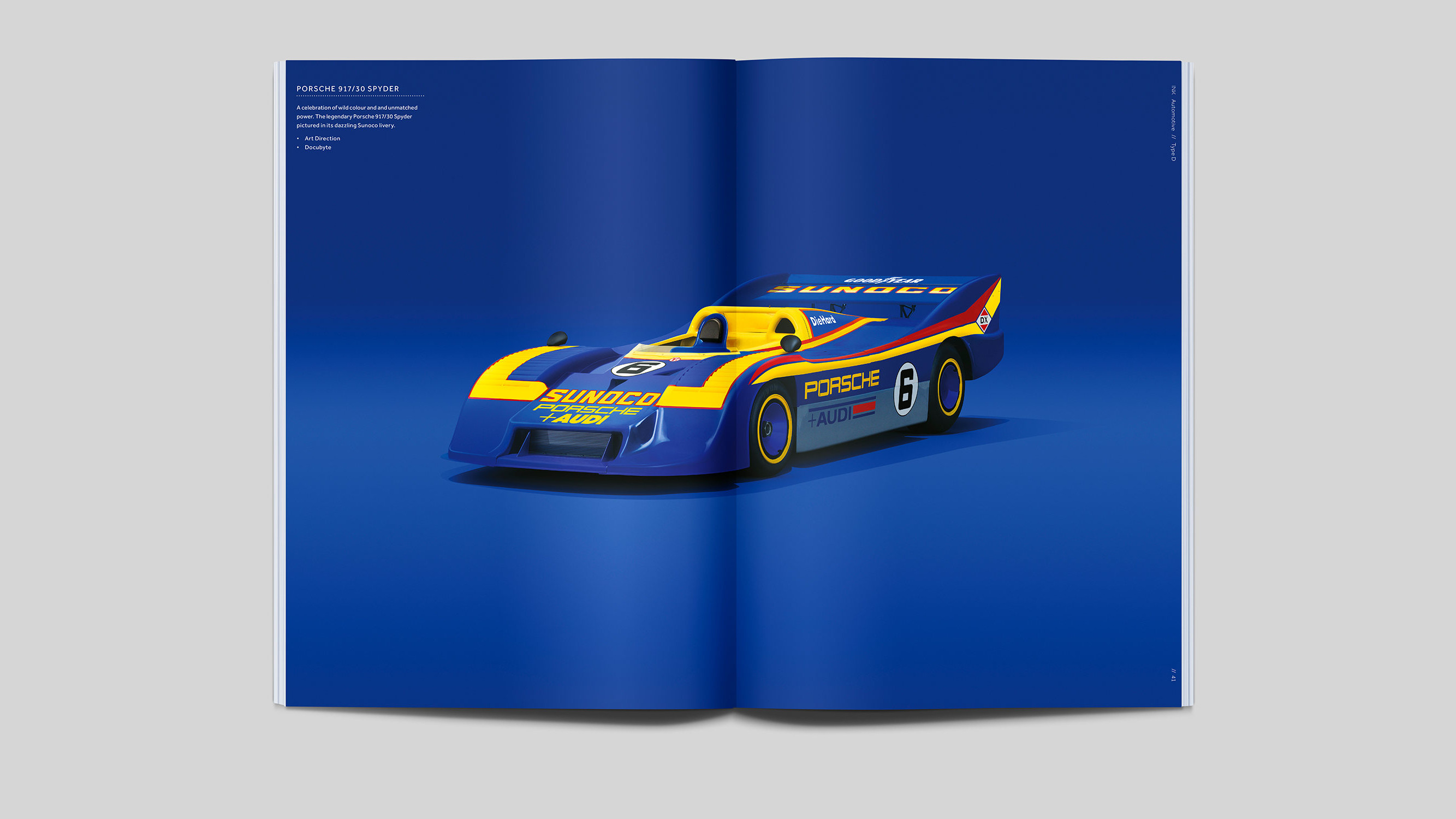 Two new books celebrate the art of automotive photography from very different angles
Two new books celebrate the art of automotive photography from very different angles‘Macchina’ collates photographer Jon Nicholson’s portfolio of modern motorsport imagery, while ‘Automotive Type D’ is INK studio’s fourth volume of car-focused creative briefs
By Jonathan Bell
-
 Spectacular stations: a new book puts railway architecture back on the agenda
Spectacular stations: a new book puts railway architecture back on the agenda‘Station’ takes us through the very best railway architecture of the past 120 years, a sound case for putting more effort into this most civilised forms of transport
By Jonathan Bell
-
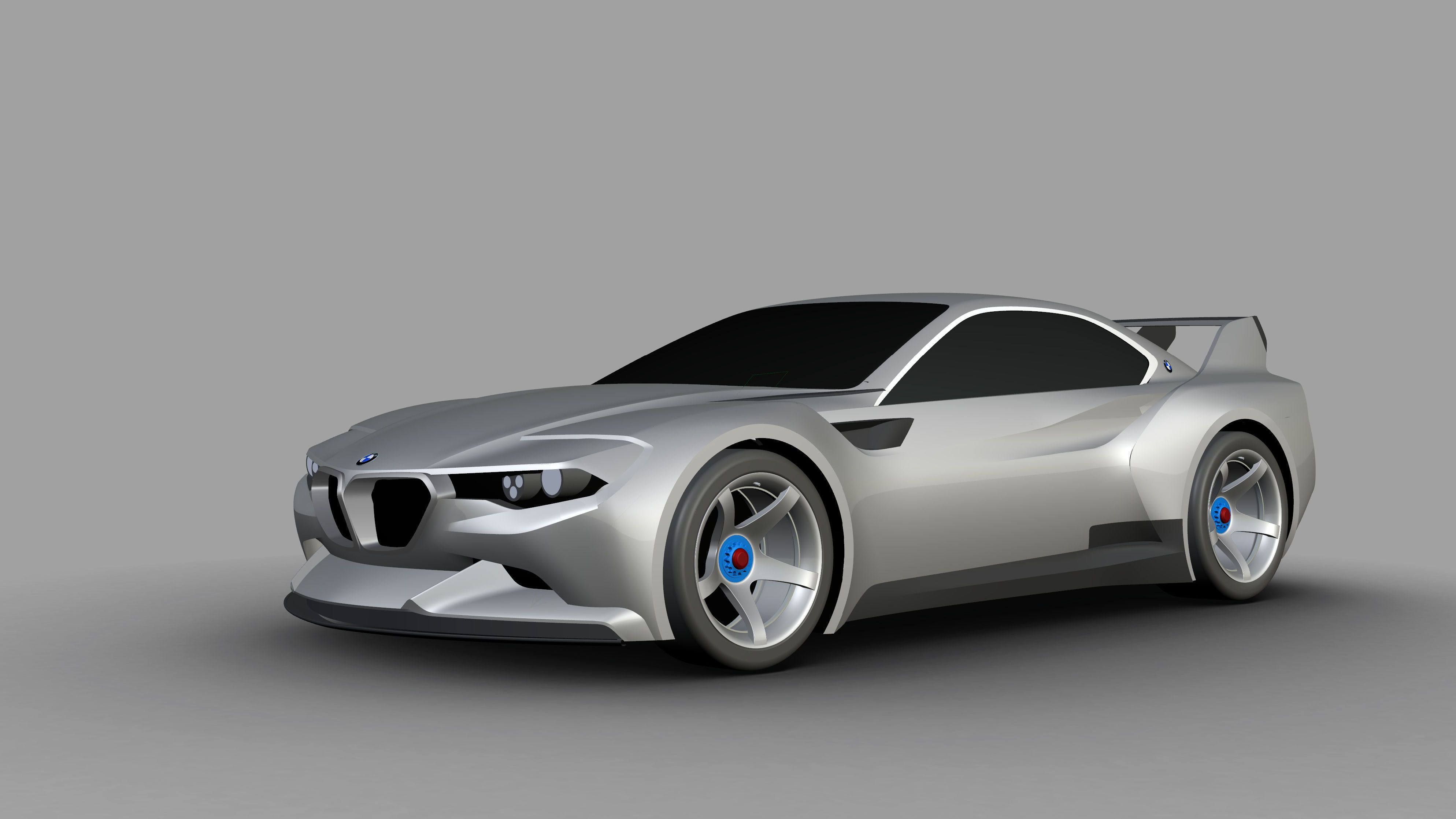 80 years of BMW design in a monumental new book
80 years of BMW design in a monumental new book‘BMW: Behind the Scenes’ is billed as the ultimate book on the Bavarian carmaker’s aesthetic history
By Jonathan Bell
-
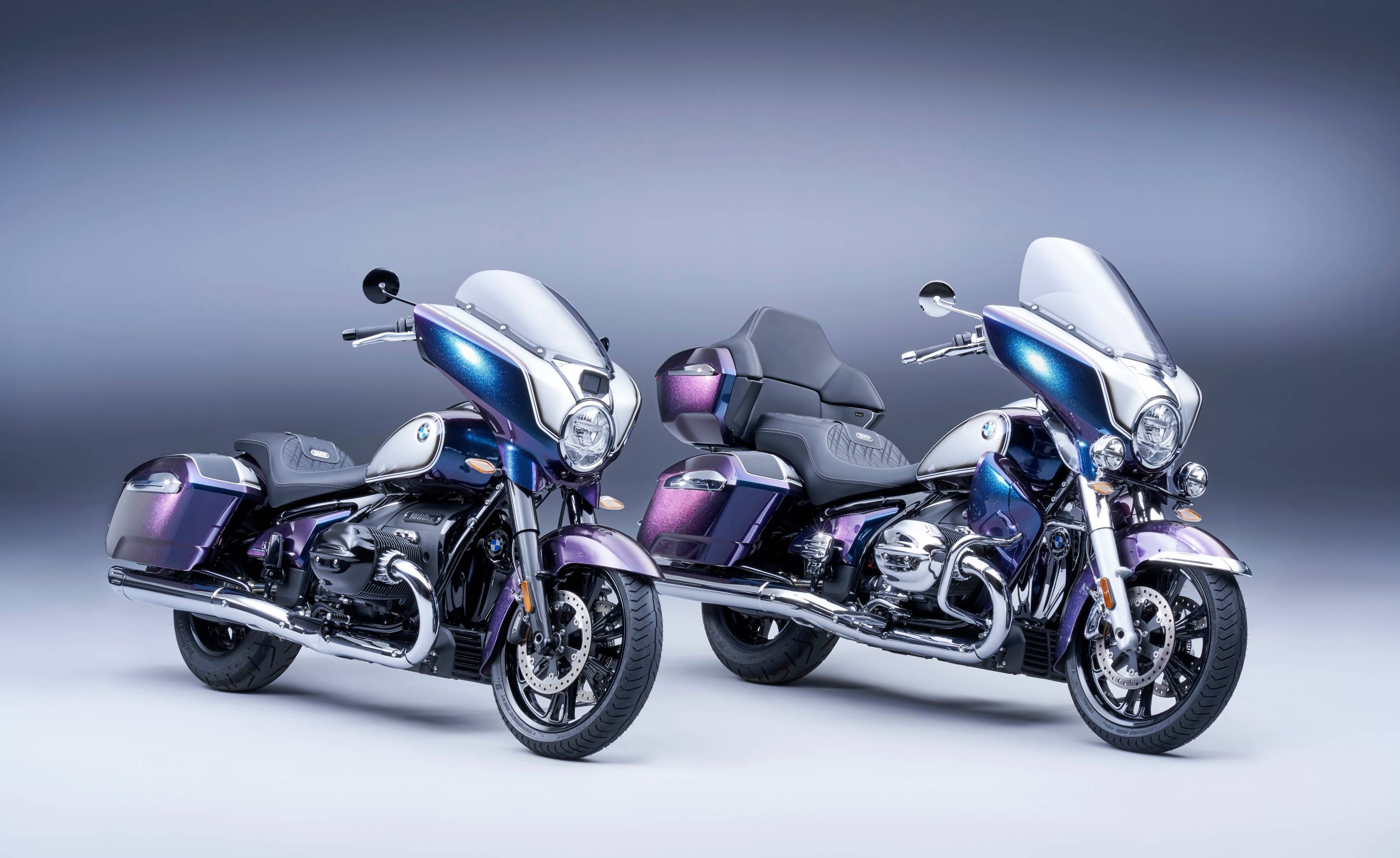 BMW Motorrad brings out the big guns for its newest cruisers
BMW Motorrad brings out the big guns for its newest cruisersBMW Motorrad R 18 Bagger and Transcontinental set the tone for high-voltage cruising with a brand collaboration with speaker specialist Marshall
By George Chapman
-
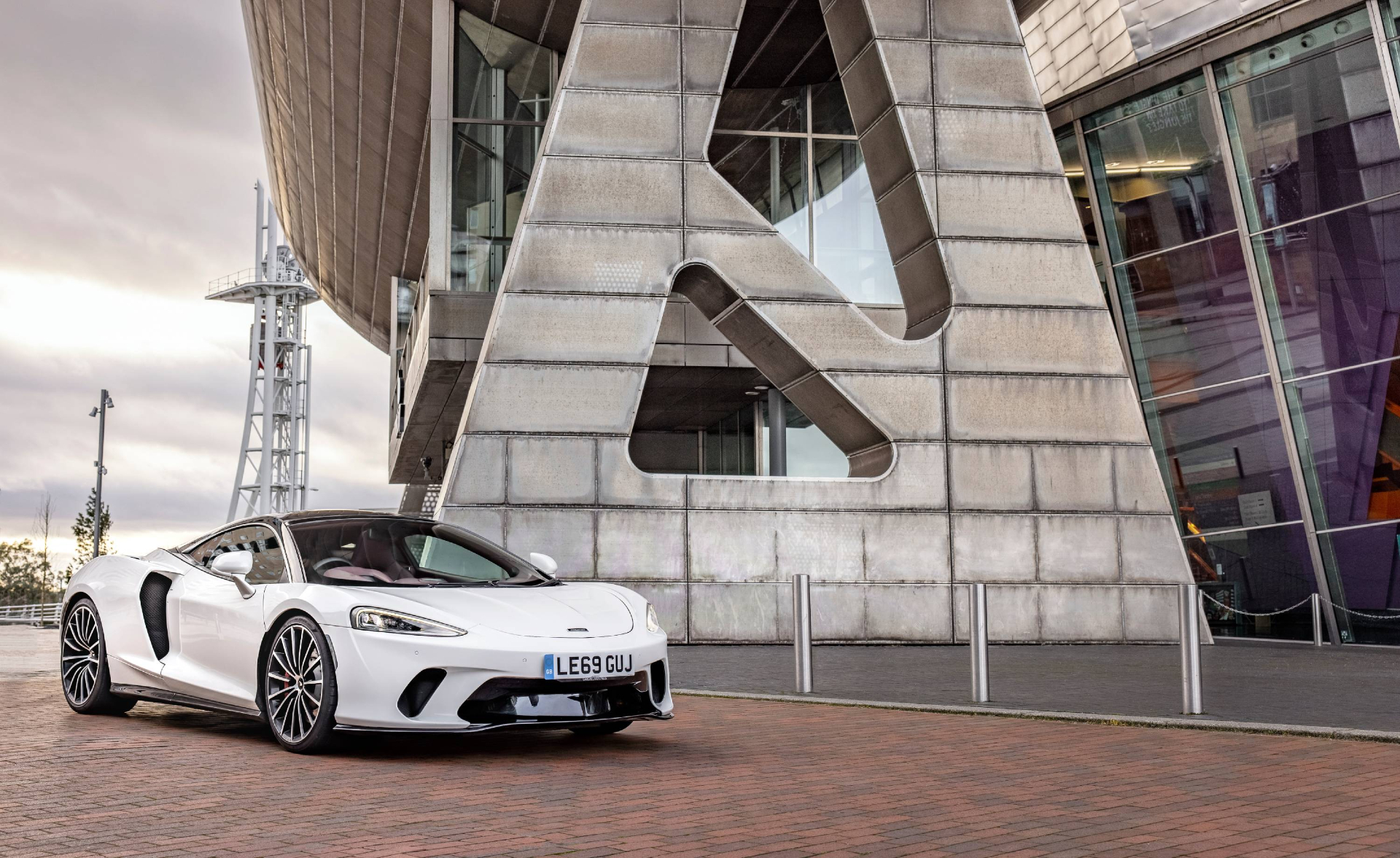 Is McLaren’s GT a sports car, a tourer, or the best of both?
Is McLaren’s GT a sports car, a tourer, or the best of both?The McLaren GT is a capable all-rounder dressed up in svelte supercar clothes. It might also be the last of its type
By Jonathan Bell
-
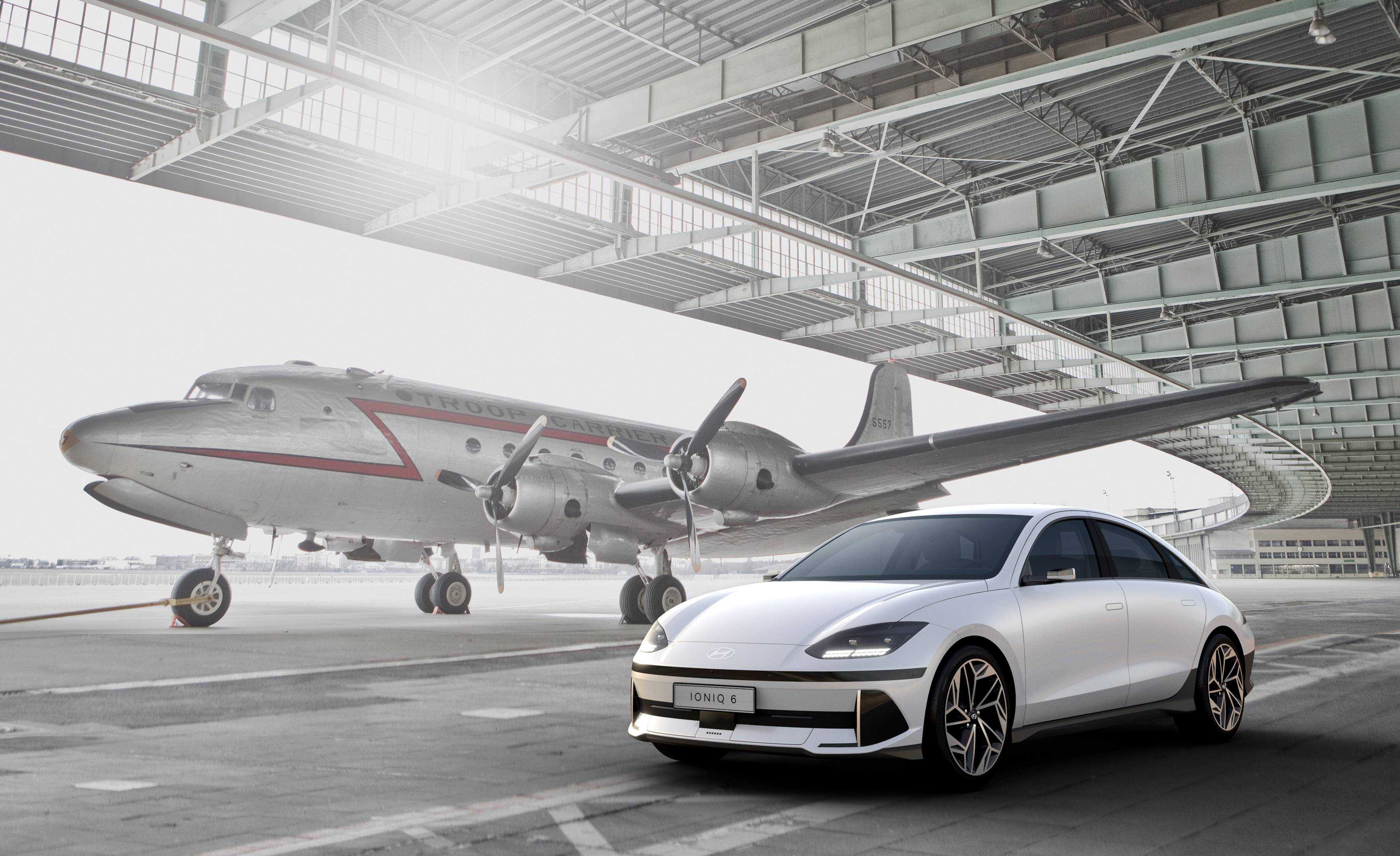 Hyundai Ioniq 6 EV is a sleek, stylish streamliner
Hyundai Ioniq 6 EV is a sleek, stylish streamlinerTake a first look at the Hyundai Ioniq 6 EV – stripped-back, streamlined, but retaining an interior that’s a ‘mindful cocoon’
By Jonathan Bell
-
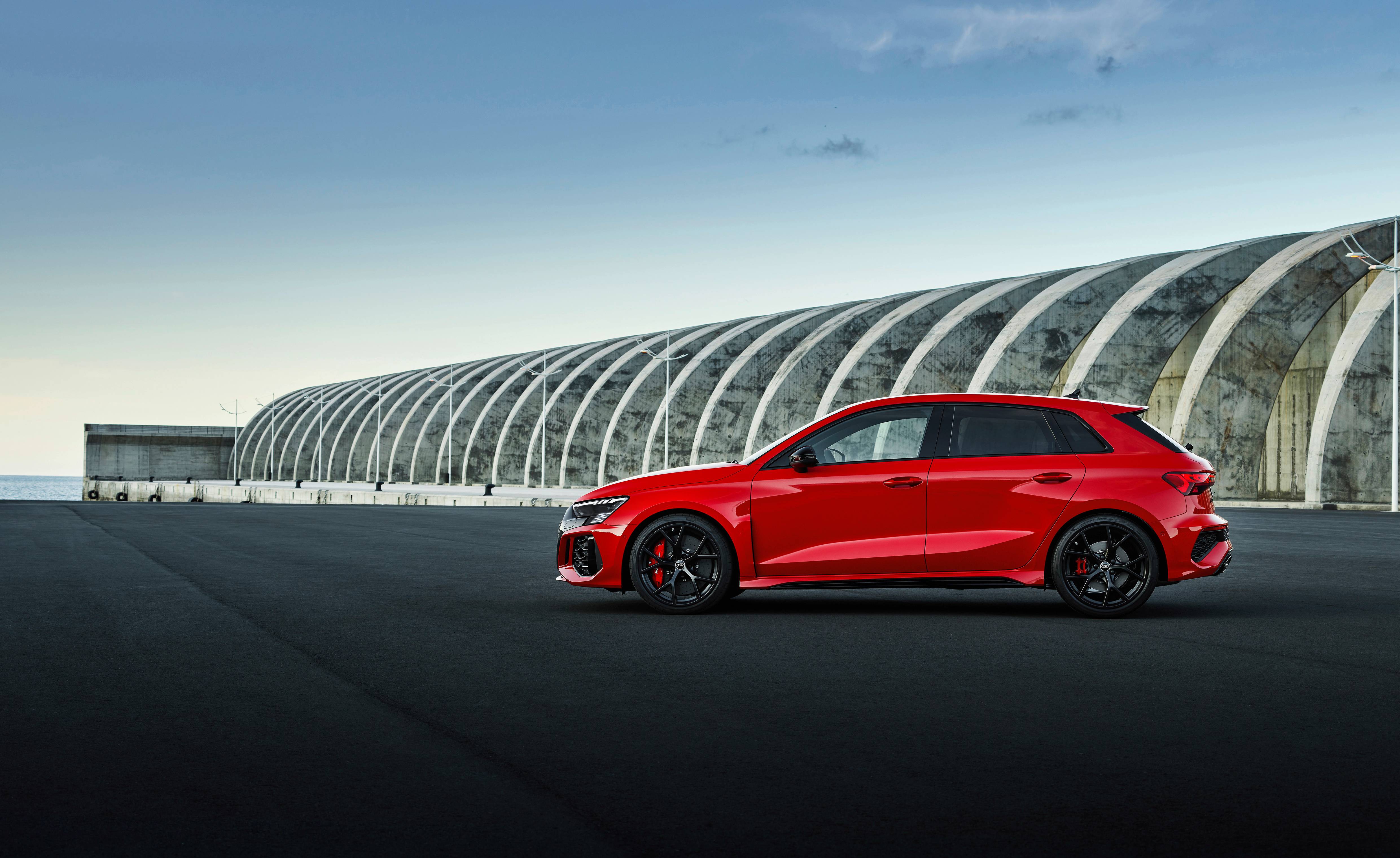 Audi RS3 Sportback is tomorrow’s classic today
Audi RS3 Sportback is tomorrow’s classic todayIt may be one of the last of its ICE kind, but cars like the Audi RS3 Sportback represent the summit of a century’s evolution – and are a convincing reminder as to how far EVs still need to evolve
By Jonathan Bell
-
 Mercedes EQE tiptoes around a revolution to inch EV design forwards
Mercedes EQE tiptoes around a revolution to inch EV design forwardsWe road test the new Mercedes-Benz EQE, the car that may ease the Mercedes E-Class customer into the electric age – balancing the formal experimentation that EVs allow with the familiar
By Nick Compton